Hydrangea NoShow 2014 Why Aren’t My Hydrangeas Blooming? Christie

Hydrangea in Bloom Pop & Circumstance Guidebook for Beautiful Living
After you plant the hydrangea into the amended soil, be sure to add a thick layer of mulch. This will prevent weeds and maintain soil moisture. Then, give the plant a deep watering right after planting. Then again once or twice a week to keep the soil moist but not soggy (see watering tips below). 2.

Hydrangea '3N1' 1pc U.S.D.A. Hardiness Zones 69 National Plant Network
Ruby SlippersOakleaf Hydrangea. Its large bloom clusters open pure white, but then quickly age to deep pink, adding beauty to the shaded garden. Its leaves add fall interest when they transform to lush shades of mahogany and purple. 3½' tall and 5' wide. Zones 5-9.

Flower Hydrangea Free Stock Photo Public Domain Pictures
Dig a small trench near your hydrangea plant. Bend a branch down to the trench so it touches the soil in the middle of the branch (six to 12 inches of branch should extend past the trench). Make scratches in the bark where the branch touches the trench soil. Fill in the trench and place a paver, brick or stone on top.

Still Green Hydrangea Flower Free Stock Photo Public Domain Pictures
Oakleaf hydrangea (hydrangea quercifolia) Oakleaf hydrangeas produce a white flower that is either a single bloom (one layer of petals) or double bloom (two layers of petals). They are able to withstand dryer climates, so if you're in a warm area these hydrangeas may be a good fit for you. Panicle hydrangea (hydrangea paniculata)

A Little Loveliness Beautiful Hydrangeas in Bloom
Panicle hydrangea (Hydrangea paniculata)—Cone-shaped hydrangea flower clusters that are typically white and light green. These hydrangea shrubs grow between 3 and 16 ft. (1 - 5 m) tall and 8 ft. (2.5 m) wide.. (Panicle hydrangea) is a multi-stemmed landscape shrub that can be trained to grow as a single-stemmed hydrangea tree. This.

Single Blue Hydrangea Bloom Stock Image Image of blue, bouquet 79453807
It grows 2 to 3 feet tall and 3 to 5 feet wide. 'Venice Raven' is part of the German bred Cityline Series of dwarf hydrangeas and is sometimes sold under the name Cityline Venice. Its mophead flower clusters, which bloom on old wood from mid to late summer, may reach 6 inches across and are pink or blue, depending on the soil pH. The plant.

Pink Hydrangea 1 Free Stock Photo Public Domain Pictures
Hydrangeas are one of the most popular ornamental garden plants because of their large flower heads that come in a wide array of colors. Hydrangeas are versatile shrubs that thrive in sandy coastal soils, shady woodland sites, and almost everything in between. Care for hydrangeas by giving them full sun in moderate climates and morning sun in hot areas, humus-rich soil when possible, and.
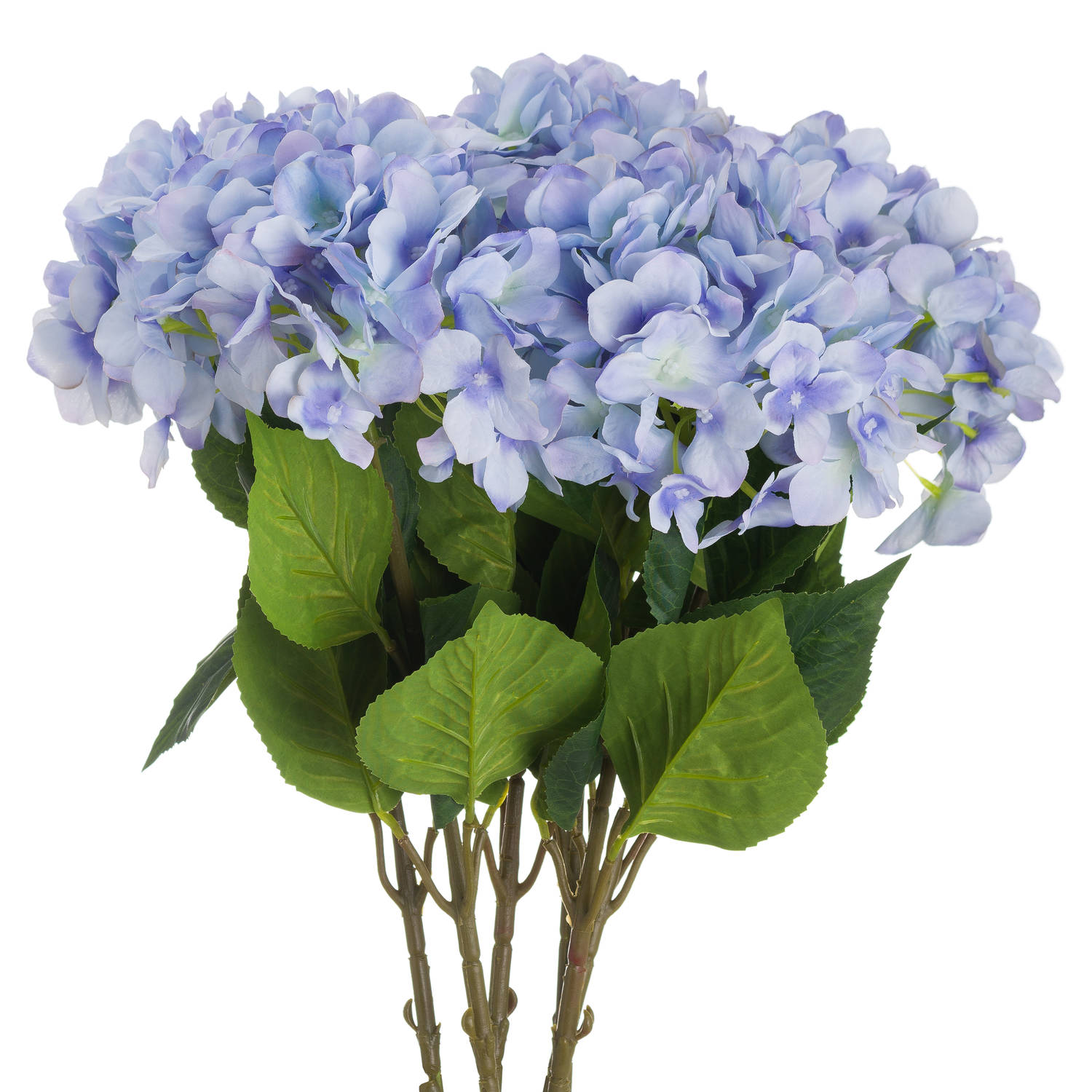
Single Blue Hydrangea Wholesale by Hill Interiors
Maintaining such a narrow pH range is easier to do with container culture than in the ground. Name: Cityline Mars hydrangea ( Hydrangea macrophylla Cityline 'Mars') USDA Hardiness Zones: 5-9. Flower Color: Blue, pink. Light: Full sun, partial shade. Mature Size: 1-3 ft. tall and wide. Continue to 5 of 14 below.
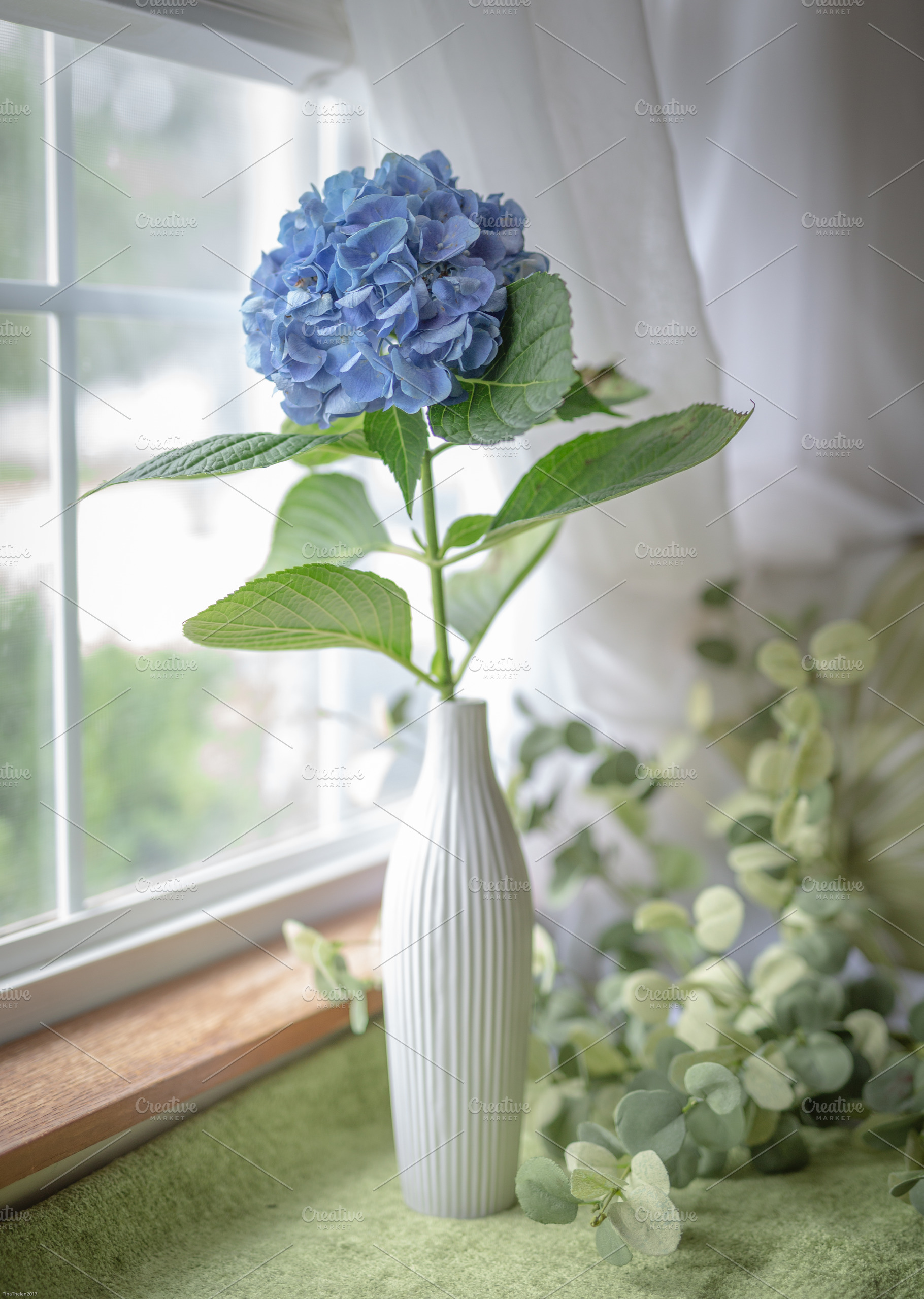
Single Hydrangea Bloom in Vase Nature Photos Creative Market
4. Nantucket Blue hydrangea. Nantucket Blue hydrangea is a selection from 'Nikko Blue.'. It is very similar to 'Endless Summer' and is another rebloomer that can flower on both old wood and new wood. Hydrangea macrophylla 'Nantucket Blue' tends to grow to a mature size of 4-6 feet tall and wide in a mounding shape.

FichierHydrangea macrophylla 01.jpg — Wikipédia
Many hydrangeas bloom on the previous year's growth, so a late spring freeze will kill new flower buds. Or grow re-blooming hydrangeas, like those in the 'Endless Summer' collection.. Whether large blooming bushes or single flowering stalks, hydrangeas require proper planting, pruning and care. Whether you need the right planters,.
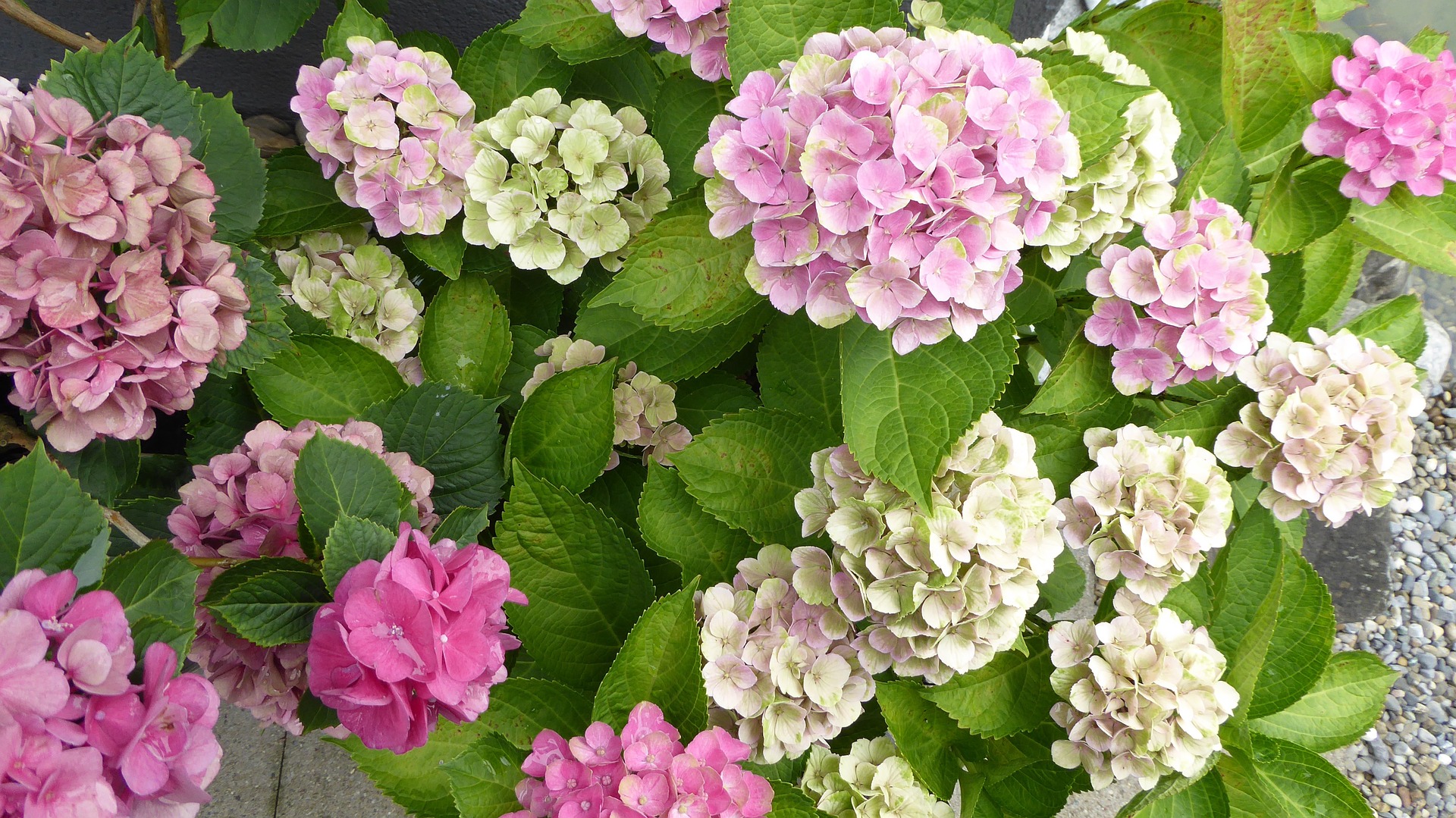
Plant Hydrangeas to Get the Best Blooms Espoma
Hydrangeas will grow naturally into a lush shrub, while some are trained to grow in tree form. Tree-form hydrangeas have a single trunk that leads up to a ball of lush green leaves with large flower clusters. Hydrangea trees can make a bold statement as accent pieces in the garden and in containers framing entryways.
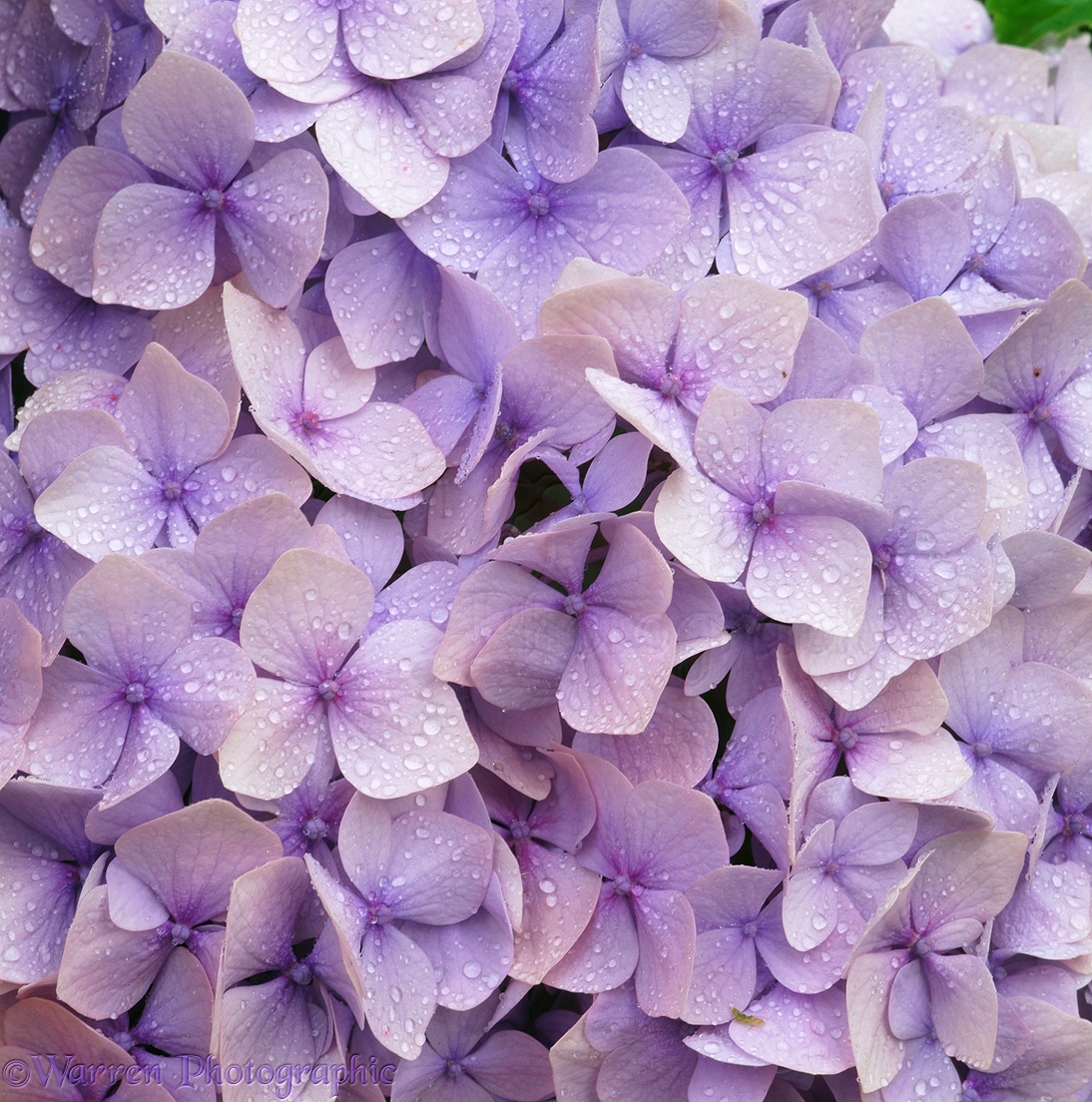
Lilac hydrangea flowers photo WP03256
Avoid Direct Sunlight. It is believed that hydrangeas bloom better when there is morning or evening sun, so they are best planted in light shade. We all know that most hydrangeas require a bit of shade. But while it is possible for your hydrangea to get too much shade, it can also get too much sun.
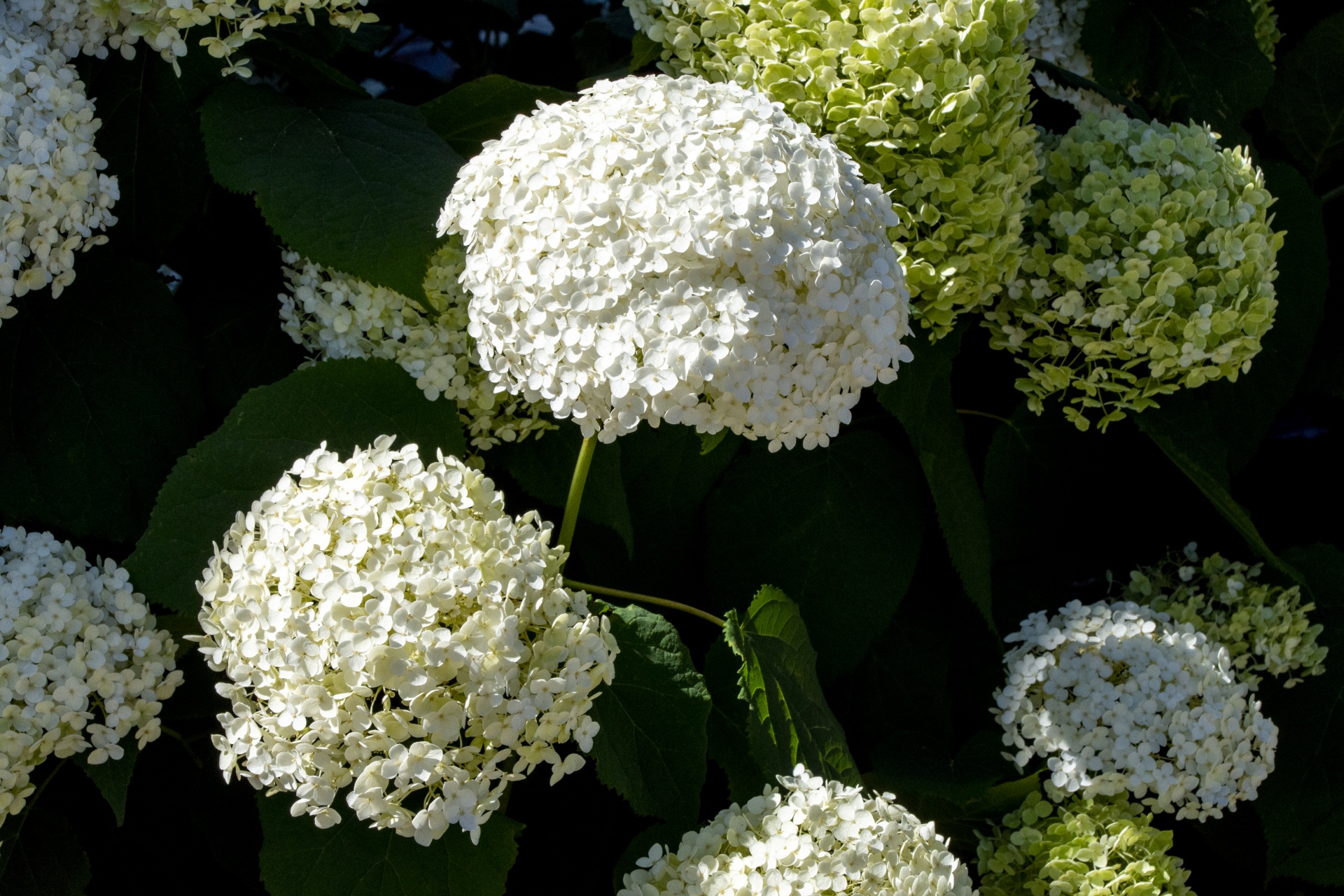
Hydrangea Blooms Free Stock Photo Public Domain Pictures
Hydrangeas grow best in acidic soils, and spring is the perfect time to measure the pH of your soil and ensure that it is between 5 and 6. The flowers on many cultivars of bigleaf hydrangeas can even change color in response to soil pH, often turning blue if the pH is below 5.5 and changing to pink at higher pHs.

Plant Hydrangeas for Large, Long Lasting Blooms
Flower color: The color of hydrangea flowers is often determined by the soil pH. Acidic soil (pH below 6.0) will produce blue flowers, while alkaline soil (pH above 7.0) will produce pink flowers. Blooming season: Most hydrangeas bloom in the summer in the northern hemisphere, but some species may bloom earlier or continue to bloom into the fall.

A Little Loveliness Beautiful Hydrangeas in Bloom
Shrubby hydrangeas - blooming from around July - September, shrubby hydrangeas are among the flowering shrubs that are great for adding mid to late-summer color and structure to garden borders, but can also be grown in pots.. They are characterized by their large flower heads, which can either be domed or flattened in form. The domed 'mophead' hydrangeas consist of many tightly packed.

A Little Loveliness Beautiful Hydrangeas in Bloom
Dig a hole as deep as the root ball and 2 to 3 times as wide. The base of the plant (where the stem meets the soil) should be level with the top of the planting hole. Set the plant in the hole and half-fill it with soil. Water generously. After the water is absorbed, fill the rest of the hole with soil and water again.